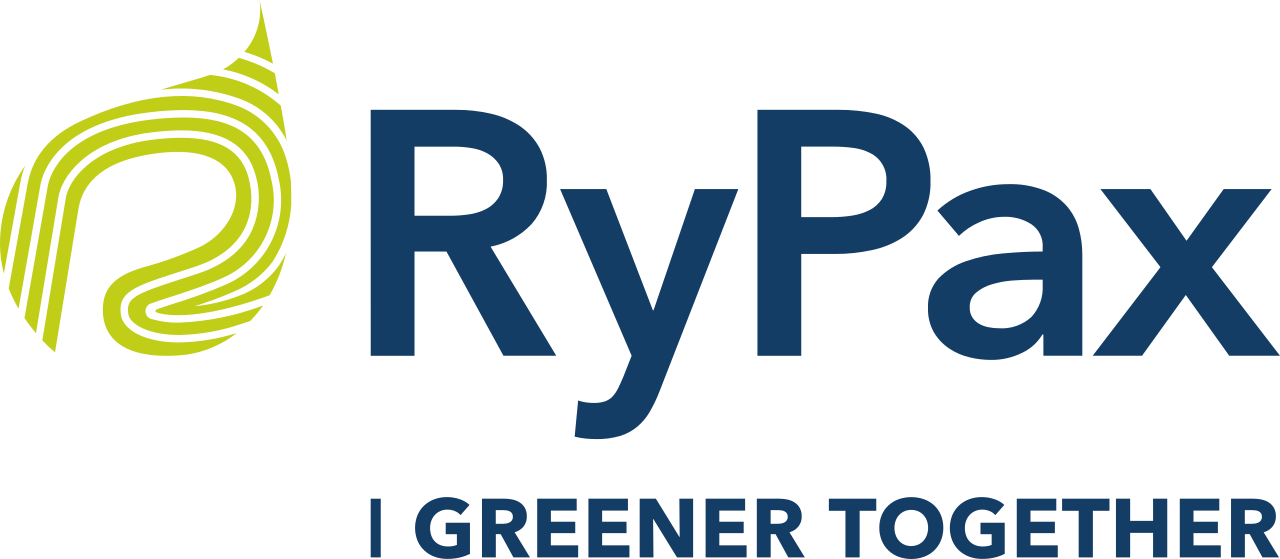Pharmaceutical packaging has evolved over the years to meet the changing demands of consumers, pharmacists, and healthcare professionals. Today’s smart packaging — packaging that employs new technologies, new materials, and thoughtful design to enhance its functionality — provides additional value to consumers and pharmaceutical manufacturers. Most importantly, smart packaging can help pharmaceutical brands successfully address a vital concern of physicians, pharmacists, and public health officials: medication adherence.
Medication adherence means the extent to which a person takes medications as prescribed. According to the World Health Organization, medication adherence directly affects health outcomes, quality of life, and length of life. By improving the ability of patients to manage their own prescriptions, the pharmaceutical industry can help boost medication adherence by reducing consumer errors.
Ensuring that patients follow pharmaceutical instructions has become more important than ever as a result of the COVID-19 pandemic. Telemedicine and home delivery of prescriptions have expanded rapidly to help doctors, pharmacists, and other professions provide effective healthcare. In response, federal and state governments have amended a wide range of regulations to permit remote doctor visits and telepharmacy. These changes have increased the importance of finding new ways to ensure medication adherence.
The Benefits of Smart Packaging for Pharmaceuticals
Smart solutions have revolutionized the possibilities for pharmaceutical brands, enabling them to use medication packaging to achieve better engagement with consumers and to help healthcare professionals improve the well-being of their patients. Here’s a look at the principal features and benefits of smart pharmaceutical packaging:
Integration
Smart packaging integrates electronics into packaging to monitor and verify product status. These technologies — such as near field communication (NFC), quick response (QR) codes, and radio-frequency identification (RFID) tags — can communicate vital information about medications and their use, including instructions, dosage tracking, expiry dates, and side effects.
For example, one partnership between a molded fiber packaging manufacturer and a digital technology company has produced a smart packaging solution for pharmaceutical brands. It combines sustainable molded fiber packaging with a thin, digital “e-paper” that presents text and graphics that can help users avoid confusion about instructions and alert them about product status.
Safety and Authenticity
Smart packaging uses embedded technologies to maximize package safety and minimize counterfeiting. These digital watchdogs assure pharmacists and patients that the prescribed or over-the-counter medication inside the package is authentic and tamper-free.
Patient Adherence
To help patients address their health issues, healthcare professionals who prescribe medications, pharmacists, and pharmaceutical manufacturers are eager to find effective ways to ensure that their patients and customers take medications as intended. That’s because medication adherence is a significant healthcare issue. The U.S. Centers for Disease Control and Prevention (CDC) reports that approximately 20% of new prescriptions are never filled, and about 50% of filled prescriptions are taken incorrectly, particularly with regard to timing, dosage, frequency, and duration.
Non-adherence for both prescribed and over-the-counter medications occurs when a patient takes a medication in a manner that deviates from the way a healthcare provider prescribed them to be taken or in a way that doesn’t follow the label instructions of over-the-counter medications. Patients and consumers make a wide range of mistakes when taking medicines. The most common lapses are:
- Failing to fill or refill a prescription
- Forgetting to take a medication
- Taking a medication at the wrong time
- Taking an incorrect dosage
- Taking too much medication (double-dosing)
- Stopping medication use too soon
Not following medication instructions closely can pose a wide range of hazards to consumers, including making the medication ineffective, producing unpleasant side effects, causing symptoms to worsen, prolonging an illness or condition, and necessitating additional doctor visits.
Smart packaging for both prescription and over-the-counter medications provides a viable solution to address medication adherence issues. It uses embedded technologies to engage patients and consumers, adding clarity to the medication’s user instructions. It helps users take the correct dosages at proper intervals, as well as reminding consumers when refills are needed.
The CDC suggests that electronic medication packaging devices that remind patients when to take medication could improve medication adherence. For example, smart packaging technologies can help consumers stay on track with their medications by monitoring dosages and offering a reminder when a dosage or refill is due. Smartphone-scannable QR codes can provide digitized instruction booklets, offer audio or video instructions rather than text instructions, connect users to a chatbot to answer basic questions, or make it easier to seek additional guidance by connecting a user to a healthcare professional or a customer service agent.
Sustainability
Using smart pharmaceutical packaging does not mean ignoring the environmental concerns of consumers and manufacturers. For example, some smart packaging options use sustainable materials such as molded fiber from environmentally and socially responsible sources. Benefits include minimizing waste, reducing water usage, and lowering greenhouse gas emissions.
A Win-Win Solution
Pharmaceutical companies are dedicated to meeting the needs of their customers by advancing medical care and improving health outcomes. Engaging patients and consumers is vital to achieving medication adherence, and smart packaging provides an effective way to reach people using prescribed and over-the-counter medications.
In addition to fulfilling consumer needs, smart packaging offers many back-end benefits for pharmaceutical brands, including providing visibility on where every single product is located, making inventory management more efficient, and collecting information to better understand consumer behavior. It can also help companies meet their environmental goals. Smart packaging solutions made with sustainable materials, such as molded fiber, are compatible with efforts to build a circular economy.











